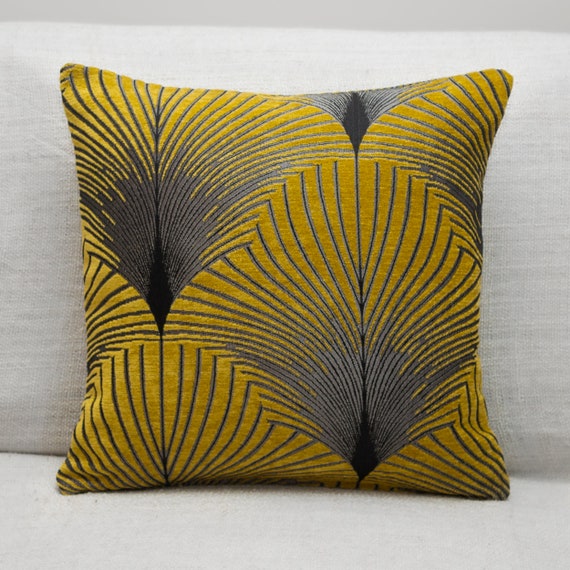The Single Strategy To Use For Unique Art
The Single Strategy To Use For Unique Art
Blog Article
Things about Unique Art
Table of ContentsUnique Art Fundamentals ExplainedThe 30-Second Trick For Unique ArtUnique Art Things To Know Before You BuyAn Unbiased View of Unique Art
While one might question which art type holds precedence, the fact remains that each of these seven forms gives an unique home window into human background, society, and advancement. They are the tapestries that chronicle our trip, reminding us of our past while motivating visions for the future.Wonderful art work informs a tale, makes individuals look two times, and develops a special experience that can't be matched. Art and images connect all of that through color, shape and various other style components. Learn exactly how to make your unique art work stand apart from the crowd.
3 Emil DervishIn this entranceway by Emil Dervish that lovely cobalt blue door swipes the program. To bring much more dramatization, he expanded the paint. to the doorframe and the wall up, completing in an arched shape. The curves, along with a round sconce, soften the sides - Unique Art. Structures classic posters and maps of cherished locations established the scene.
8 TRIA GIOVANEqual parts grand and laidback, this entrance hall developed by Anthony Baratta is the perfect blueprint to follow if you're decorating a formal entryway that still feels unfussy and comfy. Patterned fabrics take facility stage (see the carpets and the couch), yet they likewise aid bring the high ceilings to a human range when hung over wallpaper.
7 Simple Techniques For Unique Art
18 Heidi Caillier DesignA gallery wall doesn't require to use up the whole room. In some cases a little one can make a bigger style statement. In this living room, Hiedi Caillier decided for micro-mini structures and a random structure. Promotion - Continue Analysis Below19 Stephen Kent JohnsonDesigner Juan Carretero chose for a deep green paint color to contrast with the light timber surfaces.
, the expression of concepts and emotions, with the production of specific aesthetic qualities, in a two-dimensional aesthetic language. The aspects of this languageits forms, lines, colours, tones, and texturesare made use of in different ways to generate experiences of volume, space, movement, and light on a flat surface. These components are integrated into meaningful patterns in order to represent actual or supernatural phenomena, to analyze a narrative theme, or to produce wholly abstract visual relationships.
Later on the notion of the "fine musician" developed in Asia and Renaissance Europe. Famous painters were managed the social standing of scholars and courtiers; they authorized their work, determined its layout and typically its subject and imagery, and established a much more personalif not always amicablerelationship with their patrons. Throughout the 19th century painters in Western societies began to shed their social position and protected patronage.
The Ultimate Guide To Unique Art
Others gained a revenue via visiting events of their job. The demand to appeal to a marketplace had replaced the similar (if less impersonal) needs of patronage, and its result on the art itself was most likely comparable. Typically, artists in the 20th century could get to a target market only with commercial galleries and public galleries, although their job might have been periodically replicated in art regulars
For a conversation of the forgery of jobs of art, see forgery. For a conversation of the duty of painting and various other arts in religion, along with of using religious signs in read art, see religious symbolism and iconography. For info on various other arts associated with painting, see posts such as attracting; folk art; printmaking. , also when a paint's narrative importance is rare.
Do not duplicate the style of other musicians if you're looking for your style. Copying other individuals's art work can be terrific in academic functions yet it will not make you closer to discovering your own special design. Your imaginative style has to be, what you like and what influences you.

The Only Guide for Unique Art
You require to see page attempt great deals of various alternatives and explore whatever prior to you can concentrate on one particular style or you'll be tired, or worse, you'll dislike your very own style. I suggest you to try every single subject that you're interested in, explore as much as you can. Attempt various mediums that thrill you and new strategies you've never ever tried prior to.
With time you'll be able to sort every one of them right into your favorite and the very least preferred classifications. Try to concentrate your interest on the topics and mediums that you like and prior to you see it coming you'll have your own individual and unique style, like nobody else have! So in the end you'll have a couple of favored based on paint and maybe a couple of favored mediums.

Report this page